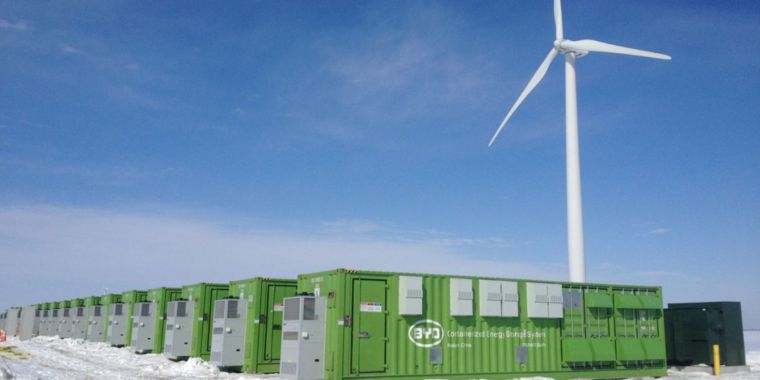2017: "An annual look at the costs of generating power. Though a lot has changed since 2016, not much has changed for energy economics in the US. The cost of wind generation continues to fall, solar costs are falling, too, and the cost of coal-power energy has seen no movement, while the cost of building and maintaining nuclear plants has gone up. And none of those conclusions reflect subsidies and tax credits applied by the federal government...
Still, the cost of energy storage hasn’t fallen quite as quickly as renewables advocates might have hoped. That means that for now, individual renewable energy sources can’t always compete with dispatchable energy on price alone. This has created a sticking point politically. US Department of Energy Secretary Rick Perry has contrived an...
Show More
2017: "An annual look at the costs of generating power. Though a lot has changed since 2016, not much has changed for energy economics in the US. The cost of wind generation continues to fall, solar costs are falling, too, and the cost of coal-power energy has seen no movement, while the cost of building and maintaining nuclear plants has gone up. And none of those conclusions reflect subsidies and tax credits applied by the federal government...
Still, the cost of energy storage hasn’t fallen quite as quickly as renewables advocates might have hoped. That means that for now, individual renewable energy sources can’t always compete with dispatchable energy on price alone. This has created a sticking point politically. US Department of Energy Secretary Rick Perry has contrived an argument that reliably meeting US energy demand means artificially propping up coal and nuclear energy, while most grid operators contend (PDF) that diverse renewable energy sources and natural gas can meet demand with dwindling (but still considerable) support from coal and nuclear...
Show Less


No comments yet. Be the first to comment!